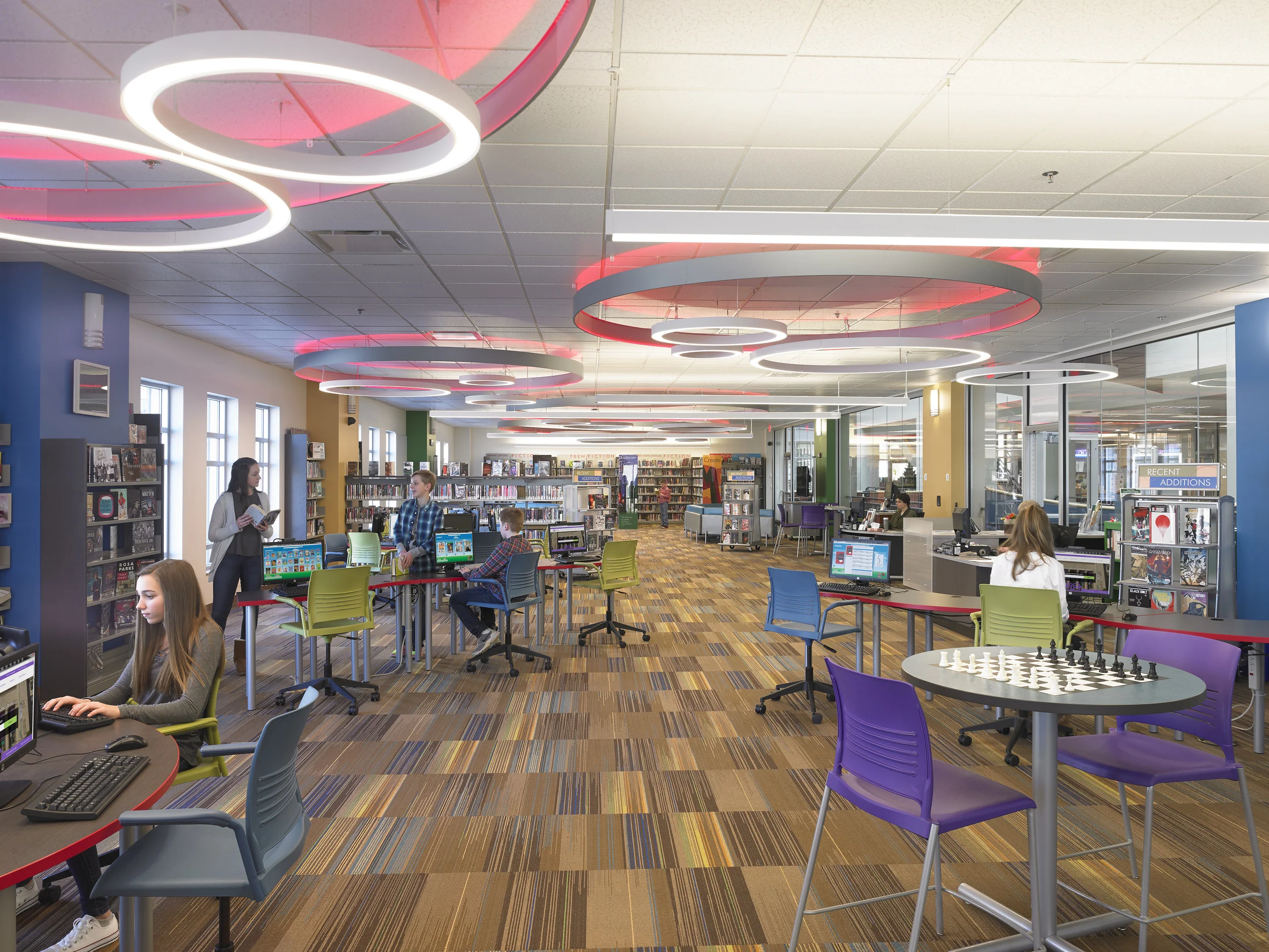Why Libraries are Being Reinvented As Learning Commons
When e-books and digital-everything started popping up everywhere, everybody had the same thought: paper books are going to be a thing of the past, and with that, libraries. To the contrary of what everybody predicted, libraries have actually experienced a significant increase in use in recent years. The reason? Today’s libraries are evolving with the times (and rapidly), attracting a renewed interest and increase in traffic by re-introducing themselves an integral part of their surrounding community.
Libraries have been around since approximately 2600 BC and were first used as archives for recorded knowledge. From tablets and papyrus scrolls to books and print media, they have served as epicenters of cataloged resources and information. Today in the digital age, information is no longer confined to print materials only accessible in one physical location, it is embedded in our everyday surroundings.
As content continues to become more accessible online, the role of physical libraries is less about being silent warehouses of information and independent study, and more about becoming learning commons – destinations of knowledge and active learning, and the results have been amazing. For example, at Big Walnut Middle School in Sunbury, Ohio, their library was like many other traditional libraries, static and underused. But Big Walnut principal Penny Sturtevant wanted to transform her library to be a place that students could use as an extension of the classroom. The results? An increase in student use from barely 10 students a day to over 100.
Rochester Central Public Library Teen Central
Even public libraries are getting into the game. When we were asked by the Rochester Public Library to help transform Teen Central in the Central Library, one of the challenges that we were given was to create a space that was not only fun and playful to appeal to teenagers, but one that would help increase visitor traffic and usage as well. In one year since the Grand Re-opening in March 2017, Teen Central has experienced a 62% increase in traffic.
But what defines a library as a learning commons? There are a few keywords to keep in mind: flexibility, adaptability, and variety. Libraries that are considering reinventing themselves as learning commons should focus on creating a space that can accommodate 3 key zones:
Collaborative – focusing on project-based learning and collaboration
Social Learning – a collaborative area that is more relaxed, playful and comfortable
Individual Study – for those who want to study or work on their own



